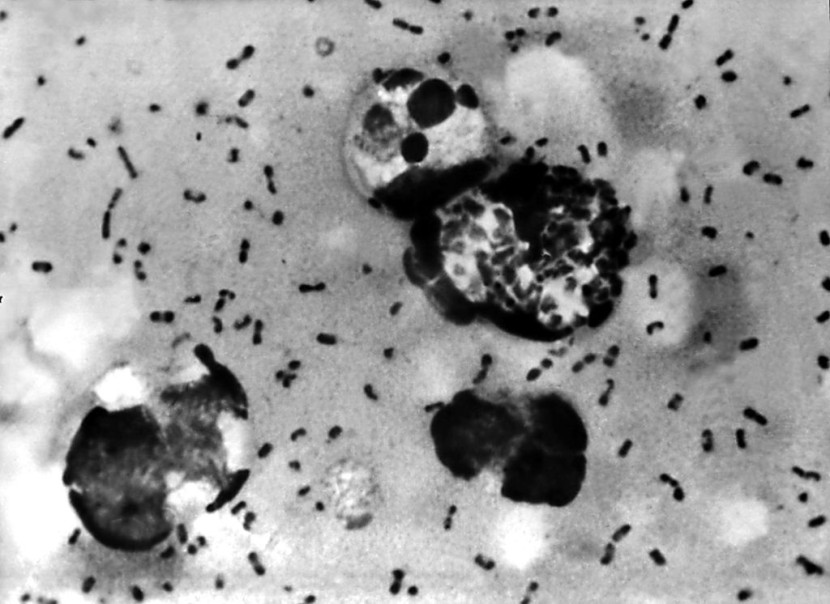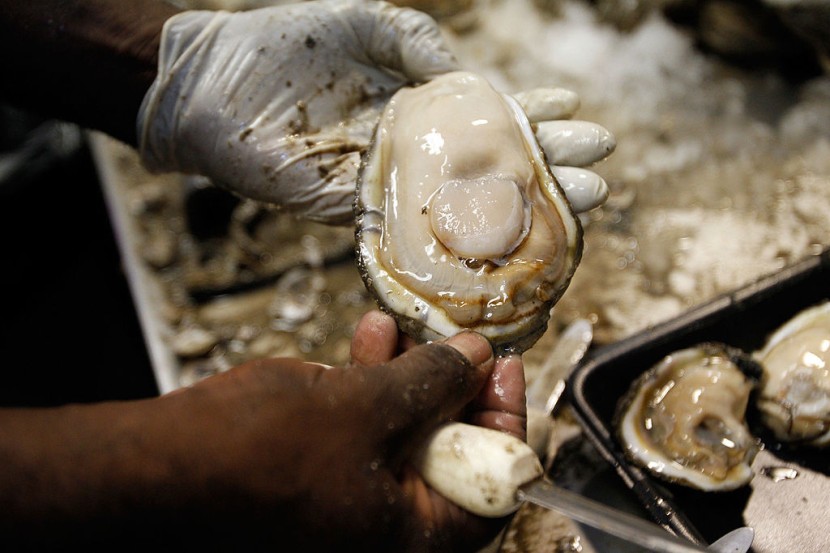A rare flesh-eating bacteria killed three people in New York and Connecticut. The incident forced officials to issue new health guidance to protect citizens.
Rare Flesh-Eating Bacteria Concerns New York, Connecticut Officials

According to NBC News' latest report, the vibrio vulnificus bacteria killed one person in New York's Suffolk County and two individuals in Connecticut.
On Wednesday, Aug. 16, New York Governor Kathy Hochul said that the death in Suffolk County is still under investigation.
Officials are trying to determine where the victim got the rare flesh-eating bacteria. As they wait for results, they urge residents to take extra precautions.
The New York State Health Department and the Connecticut Department of Health were prompted to release new health guidance to protect residents.
Authorities said that individuals with weakened immune systems, liver disease, and cancer, as well as those taking medicines to reduce stomach acid levels, are more vulnerable to vibriosis infection.
They suggest covering wounds, piercings, and tattoos when swimming on warm seawater. Officials also warned about eating raw shellfish, such as oysters.
Aside from this, they urge residents to wash wounds with soap and water after making contact with salt water, raw seafood, or its juices.
How Dangerous Is This Flesh-Eating Bacteria?

The New York Times reported that vibriosis is caused by numerous species of bacteria, such as the vibrio vulnificus bacteria.
New York health officials warned that this rare flesh-eating bacteria is commonly found in salt water and is active during warm temperatures.
Symptoms can include vomiting, fever, chills, diarrhea, and stomach cramps. Once an individual is exposed to the bacteria, they can have ear infections.
This can lead to sepsis and other life-threatening wound infections. CDC officials said that mild cases can recover after three days with no lasting effects.
Meanwhile, severe infections can lead to limb amputation and require intensive care. Although CDC estimates that only 1 in 5 patients usually die, vibriosis infections in the eastern U.S. have been on the rise since the 1990s.
If this trend continues, there's a chance that the severity of the rare flesh-eating bacteria could worsen. You can click this link to learn more about the vibrio vulnificus bacteria.
© 2025 HNGN, All rights reserved. Do not reproduce without permission.








